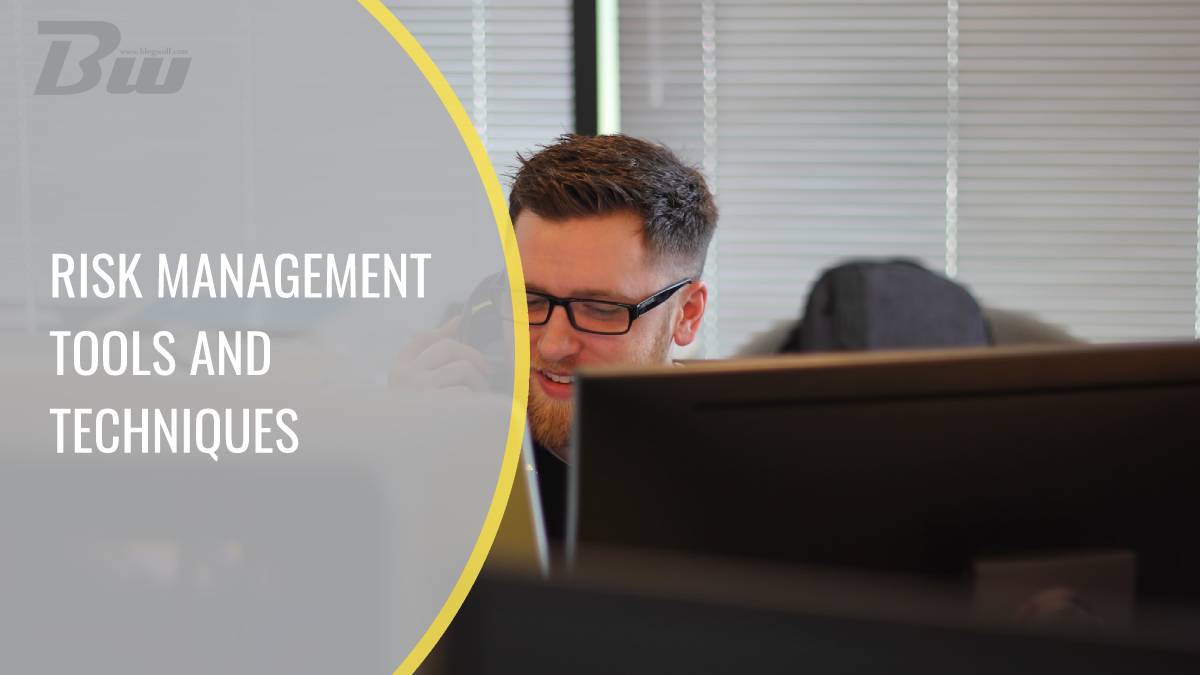Table of Contents
Every business owner faces a variety of hazards while running their enterprise, which must be managed if they are to be successful. Finding a way to reduce risk as much as possible is critical to the success of a business venture. You must understand risk management techniques, and corporate organizations must comprehend what risks are and how they affect achieving success and setting goals. The purpose of risk management processes is to offer expert assistance in decision-making, based on which risks will be identified and how to respond to potential and unforeseen difficulties.

1. Create Goals
Before identifying probable circumstances that could hinder goal achievement, managers must first create goals. ERM ensures that management combines a process for choosing goals, that those goals serve the mission, and that they are in line with the regulations governing risk appetite. The identification of events, both internal and external, that have an impact on the accomplishment of objectives must be done while separating dangers from opportunities. Through management strategies or goals set through the ERM process, opportunities are reviewed.
2. Gather Information
You need more knowledge to lower risk, and more information requires more time, which slows down the decision-making process and raises risk. Therefore, to lower the risk to a manageable level, the decision-maker must strike a balance between the required knowledge and decision-making speed. A comprehensive set of tools for program and portfolio management, release planning, and resource and risk management are included in SpiraPlan’s all-in-one solution. A built-in executive dashboard for SpiraPlan includes essential KPIs, real-time visualizations, customized reports, and templates.
3. Identify the Risk
Understanding the organization, market, and operating environment of the firm, as well as its operational and strategic goals, and the risks and threats connected to these goals. We complete the first stage of risk identification using appropriate risk identification methods and procedures (questionnaires, SWOT analysis, risk matrix, interviews, question-and-answer catalogs, brainstorming, self-assessment, decision tree, etc.). Then, a list of recognized risks is created, serving as the foundation for evaluating those risks.
4. Make Strategic Plans

The process of realizing and implementing the company’s plan should be further developed through risk management. It needs to be included in the organizational culture, with a strong guarantee and management program at the top. For management and its staff to be accountable for the risk within their purview of operations, they should be the translators of the company’s strategy into tactical and operational facilities. The organization’s strategic goals, risk assessment, risk reporting, decision-making, and action on the remaining risks are thus the starting points of the risk management process, which ends with supervision.
5. Use Analytics
By using risk analysis, the objectives of the risk management program can be connected and aligned with the company’s business objectives. An essential step in risk management, risk analysis has a fundamental framework that applies to all applications. It is a strategy for quantifying the impact of risk and a risk management tool that identifies hazards and assesses potential damages. Managers and governmental organizations can use risk analysis to build a system of control mechanisms that ensure protection against risks and assess the right level of protection for the company against potential threats.
Conclusion
Every company’s quality management system includes the business risk management technique as a critical component. Follow these techniques to make sure that every risk is taken accordingly. To effectively manage risk over the whole life cycle, it is crucial to design a risk management approach from the very beginning.

